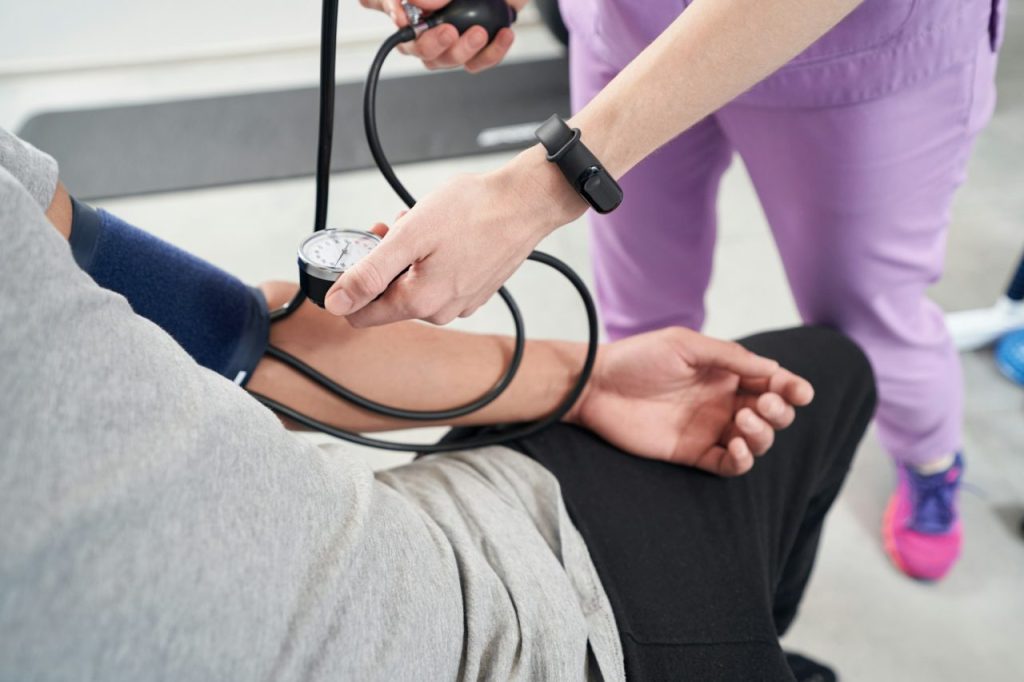Clinical trials are essential in the development of new treatments, medications, and therapies. They allow researchers to evaluate the safety, effectiveness, and potential benefits of new medical interventions before they are made widely available. However, many people are unfamiliar with the process and the different stages involved. In this blog post, we will break down the phases of a clinical trial to help you understand how they work and why they are crucial to advancing healthcare.
1. Phase 1: Testing for Safety
The first phase of a clinical trial focuses on assessing the safety of a new treatment or intervention. This phase typically involves a small group of healthy volunteers or patients and is designed to identify any potential side effects or risks associated with the treatment. Researchers begin by determining the optimal dose of the medication, how it is absorbed in the body, and how long it remains active. The primary goal of Phase 1 is to ensure that the new treatment is safe enough to proceed to the next stage.
While Phase 1 trials are often short in duration, they are a critical part of the research process. They help establish the groundwork for later phases by providing valuable information on how the drug or intervention behaves in the human body. While participants may experience mild side effects, the information gathered helps ensure that the treatment is safe before further testing begins.
2. Phase 2: Assessing Effectiveness and Dosage
Phase 2 clinical trials are focused on determining the effectiveness of a new treatment and refining the appropriate dosage. During this phase, a larger group of participants, typically between 100 and 300, are included. These participants may have the condition that the treatment is designed to address, allowing researchers to assess how well the treatment works for the specific disease or condition.
In addition to evaluating effectiveness, Phase 2 trials also monitor side effects and collect more information about how the treatment is tolerated over a longer period. This phase helps researchers determine the optimal dose, and identify any patterns of effectiveness and adverse reactions. If the results are promising, the treatment progresses to Phase 3 for more extensive testing.
3. Phase 3: Large-Scale Testing and Comparison
Phase 3 trials involve an even larger group of participants, often ranging from 1,000 to 3,000 or more. This stage aims to gather more detailed data on the treatment’s effectiveness, safety, and side effects in a diverse population. Researchers also compare the new treatment to existing therapies or a placebo to see if it provides additional benefits.
The key goal of Phase 3 is to confirm the results from earlier phases and gather sufficient evidence to support regulatory approval. These trials are typically randomized and may be double-blinded, meaning neither the participants nor the researchers know who is receiving the treatment versus a placebo or alternative treatment. Phase 3 trials are often the longest and most costly phase, but they provide the most substantial evidence for the new treatment’s approval.
4. Phase 4: Post-Market Surveillance
Once a treatment has been approved by regulatory bodies, it moves into Phase 4, also known as post-market surveillance. This phase continues after the treatment is made available to the public and is used to monitor its long-term effects, effectiveness, and any potential rare side effects that may not have been identified during earlier phases.
Phase 4 studies often involve tracking how the treatment performs in the general population over time. They provide invaluable data on the treatment’s real-world use and can lead to new recommendations, such as adjustments in dosage or expanded approval for additional conditions. Participants in Phase 4 trials may include those already using the treatment as part of their routine care.
Final Thoughts
Understanding the phases of a clinical trial helps demystify the process of developing new treatments and medications. Each phase plays an important role in ensuring that a new treatment is safe, effective, and beneficial for the people it is intended to help. From early safety assessments to large-scale testing and long-term monitoring, clinical trials are carefully designed to ensure that the final product is ready for public use.
At Macomson Clinical Practice, we are dedicated to providing high-quality care and guiding you through the clinical trial process. If you’re considering participating in a clinical trial or want to learn more about current studies, feel free to contact us for more information.

